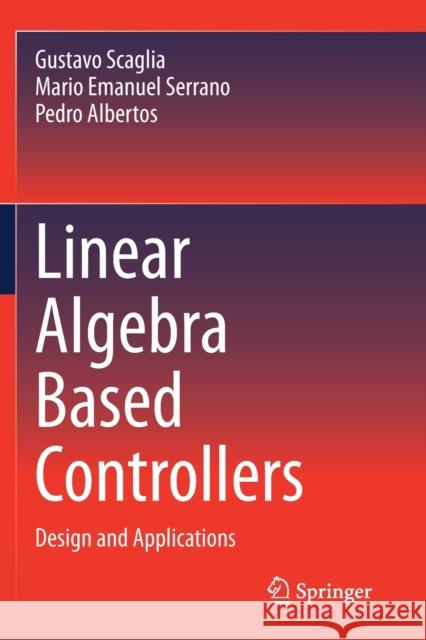Linear Algebra Based Controllers: Design and Applications » książka
topmenu
Linear Algebra Based Controllers: Design and Applications
ISBN-13: 9783030428204 / Angielski / Miękka / 2021 / 147 str.
Linear Algebra Based Controllers: Design and Applications
ISBN-13: 9783030428204 / Angielski / Miękka / 2021 / 147 str.
cena 403,47
(netto: 384,26 VAT: 5%)
Najniższa cena z 30 dni: 385,52
(netto: 384,26 VAT: 5%)
Najniższa cena z 30 dni: 385,52
Termin realizacji zamówienia:
ok. 22 dni roboczych.
ok. 22 dni roboczych.
Darmowa dostawa!
Kategorie:
Kategorie BISAC:
Wydawca:
Springer
Język:
Angielski
ISBN-13:
9783030428204
Rok wydania:
2021
Wydanie:
2020
Ilość stron:
147
Waga:
0.24 kg
Wymiary:
23.39 x 15.6 x 0.89
Oprawa:
Miękka
Wolumenów:
01
Dodatkowe informacje:
Wydanie ilustrowane











